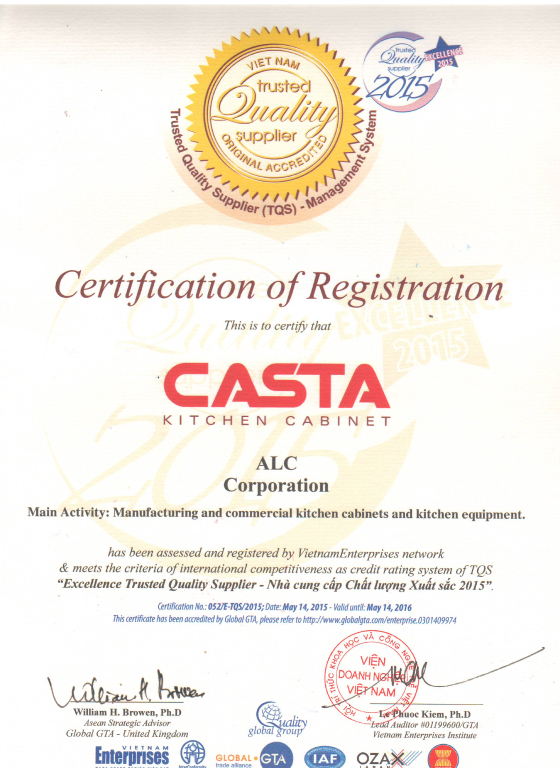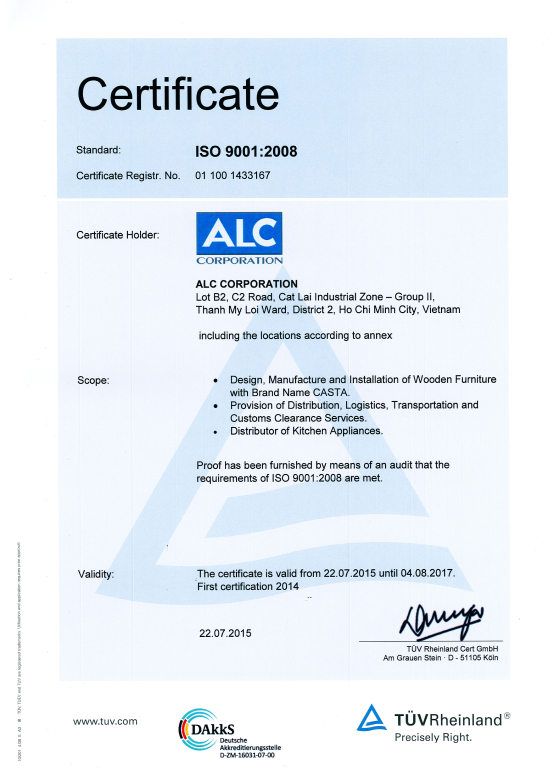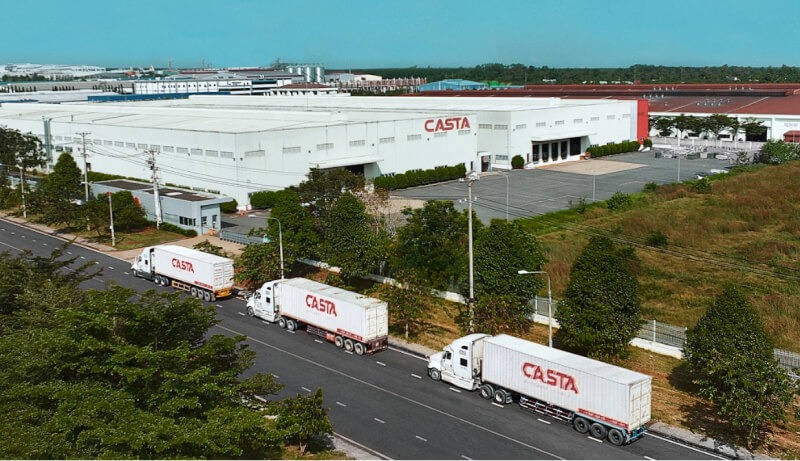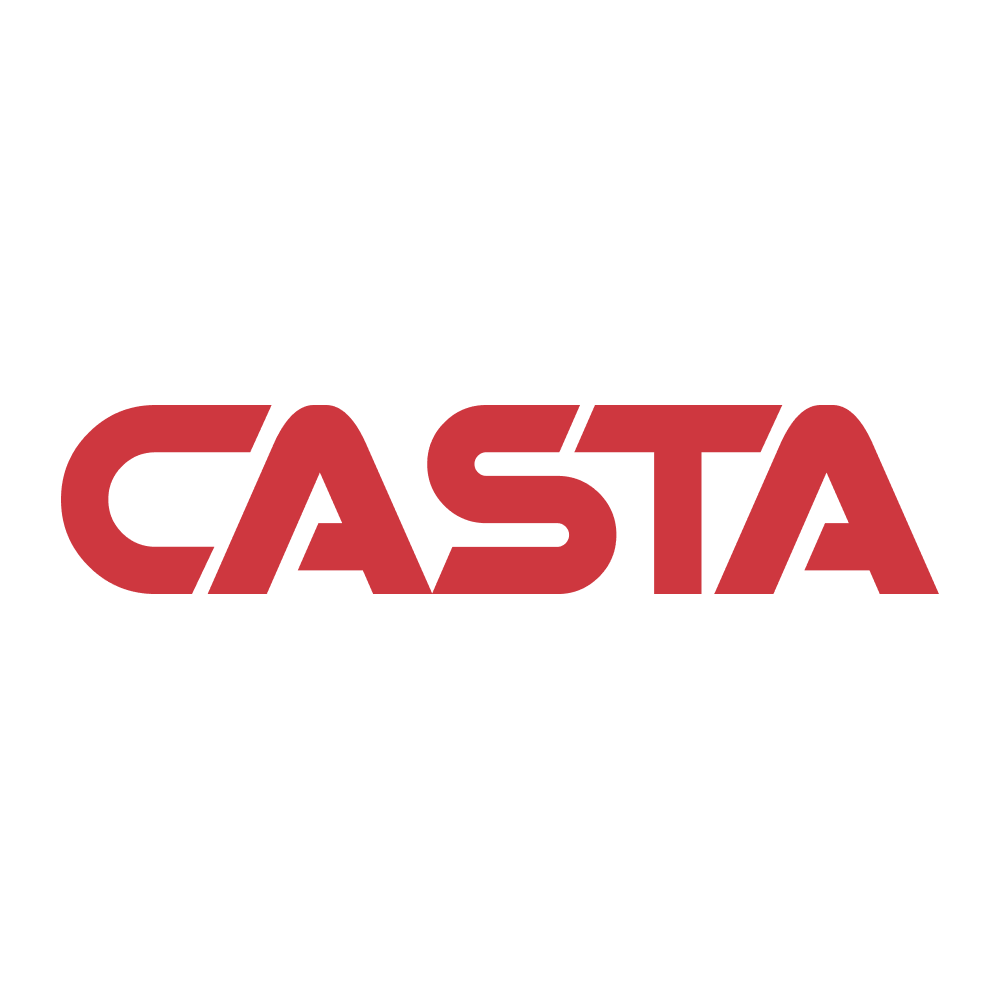Vietnam and China have emerged as pivotal players in the global supply chain for kitchen cabinets, each presenting unique advantages and challenges.
Understanding lead times and supply chain resilience in these two countries is crucial for businesses aiming to navigate potential disruptions effectively.
Vietnam has gained traction due to its competitive labor costs and improving infrastructure, offering relatively stable lead times.
However, its capacity can be strained by sudden demand spikes or geopolitical shifts. On the other hand, China remains a manufacturing powerhouse with advanced logistics networks and extensive production capabilities, ensuring shorter lead times but facing scrutiny over trade policies and rising labor costs.
By analyzing these factors, companies can better strategize their sourcing decisions to mitigate risks and enhance supply chain resilience.
Understanding Lead Times in Cabinet Manufacturing
What Are Lead Times?
Casta’s Manufacturing Factory in Vietnam
Lead times refer to the period between the initiation of a production order and its completion and delivery to the customer.
In the context of kitchen cabinets, lead times are influenced by various factors, including production capacity, technology, availability of raw materials, and logistics infrastructure.
Factors Affecting Lead Times in Vietnam and China:
- Production Capacity & Scale of Factories: The size and automation level of factories significantly impact lead times. Vietnam, with its smaller-scale operations, typically offers quicker customization and production, while China’s larger factories excel in mass production but may have longer lead times for custom orders.
- Level of Automation & Technology: Advanced machinery and automation in production lines contribute to more predictable and often shorter lead times.
- Availability of Raw Materials: Immediate access to quality raw materials can reduce production delays. For instance, both Vietnam and China source materials locally and globally, but geopolitical factors can impact this availability.
- Logistics & Shipping Efficiency: Infrastructure such as ports, transportation networks, and handling facilities determines how fast products can be shipped to North America. Vietnam is rapidly improving in this area, while China has long-established networks that are highly efficient but occasionally congested.
Understanding these factors is crucial, as delayed lead times can affect project schedules, increase costs, and impact customer satisfaction.
Analyzing Supply Chain Resilience in Cabinet Manufacturing
What is Supply Chain Resilience?
Supply chain resilience refers to a manufacturer’s ability to prepare for, respond to, and recover from disruptions, ensuring minimal impact on production and delivery schedules.
For kitchen cabinet manufacturers, this involves having robust supply chains that can withstand geopolitical tensions, global crises, and logistical challenges.
Key Potential Disruptions Affecting Supply Chains:
- Geopolitical Issues: Tariffs, trade wars, and political instability can cause significant delays and increase costs.
- Global Crises: Pandemics and natural disasters can halt production and shipping, leading to severe backlogs.
- Logistics Challenges: Port congestion, shipping delays, and fluctuating fuel prices can disrupt timely deliveries.
Choosing suppliers with strong supply chain management practices ensures that businesses can better navigate these challenges, reducing the risk of delays and cost overruns.
Comparative Analysis: Vietnam vs. China on Lead Times and Supply Chain Resilience
In assessing Vietnam and China for sourcing kitchen cabinets, it is essential to compare their lead times and supply chain resilience.
Comparison of Lead Times
| Criteria | Vietnam | China |
| Production Lead Time | 4 to 6 weeks for high-quality, customized cabinets due to smaller-scale operations. | 5 to 8 weeks for standard orders; longer for highly customized orders due to large scale. |
| Customization Flexibility | Higher flexibility due to smaller-scale, specialized production. | Less flexibility; focus on mass production and standardized products. |
| Shipping Times to North America | Approximately 18 to 25 days, improving due to better infrastructure. | Approximately 28 to 35 days, supported by a well-developed logistics network. |
Analysis:
Vietnam offers shorter lead times for customized orders, making it ideal for projects requiring flexibility and quick adjustments.
China's lead times are generally longer, particularly for complex or highly customized orders. However, China's extensive logistics network supports more efficient shipping to North America, although recent improvements in Vietnam's infrastructure are narrowing this gap.
Comparison of Supply Chain Resilience
| Criteria | Vietnam | China |
| Logistics Infrastructure | Rapidly improving with key ports like Hai Phong and Ho Chi Minh City. | Extensive and established, featuring major ports like Shanghai and Shenzhen. |
| Response to Disruptions | More agile and capable of quick adjustments due to smaller scale. | Efficient but less flexible due to larger scale and established processes. |
| Supply Chain Management | Focus on sustainable practices and strategic partnerships. | Established global supply chains but prone to impacts from geopolitical tensions. |
Analysis:
Vietnam’s smaller-scale operations offer more agility and faster adaptation to changes, making it resilient against disruptions.
China, while having vast infrastructure and efficiency, can be less responsive due to its scale and established processes.
Key Factors Influencing Supply Chain and Lead Times
Cai Mep Port, Vietnam
Several factors influence the overall resilience and lead times in cabinet manufacturing:
- Production Capacity and Flexibility: Vietnam’s smaller factories, using advanced European machinery (e.g., Homag, SCM), provide higher flexibility and precision in manufacturing. China, with its large-scale, highly automated factories, focuses on efficiency and volume but may lack flexibility.
- Logistics and Infrastructure: Vietnam’s infrastructure is emerging, with improvements in port capabilities and a strategic location for access to North American markets. China's infrastructure is highly developed, but efficiency can sometimes be hindered by port congestion.
- Risk Management: Vietnam is increasingly investing in sustainable practices, including eco-friendly materials and waste reduction, which enhances resilience. China, while efficient, faces risks from tariffs, geopolitical tensions, and environmental regulations.
Pricing, Transparency, and Hidden Costs
Comparison of Pricing and Costs Between Vietnam and China:
| Criteria | Vietnam | China |
| Base Pricing | Lower, driven by competitive labor costs. | Higher, reduced per-unit costs for large bulk orders. |
| Hidden Costs | Fewer hidden costs, more transparent quotes. | Potential hidden costs related to tariffs and variable import duties. |
| Cost Efficiency | Supported by tax-free policies and efficient production practices. | Achieved through mass production but lacks customization flexibility. |
Analysis:
Vietnam provides more cost transparency and efficiency, supported by tax-free policies. China, although benefiting from economies of scale in mass production, may introduce hidden costs that affect overall profitability.
Customer Fit: Who Should Choose Vietnam vs. China?
When considering lead times and supply chain resilience, the choice between Vietnam and China hinges on specific business needs and market dynamics.
Companies focused on cost efficiency might lean towards China due to its established manufacturing infrastructure, extensive supplier networks, and advanced logistics capabilities.
However, businesses prioritizing agility and shorter lead times may find Vietnam appealing. Vietnam offers a burgeoning manufacturing sector with increasing investments in technology and infrastructure, alongside competitive labor costs.
Furthermore, Vietnam's trade agreements with various countries can facilitate smoother customs processes and reduced tariffs. For firms looking to mitigate geopolitical risks or diversify their supply chains, establishing operations in both countries could be a strategic move.
Ultimately, the decision should align with company goals on cost management, speed to market, and risk diversification.
| Criteria | Vietnam | China |
| Best For | Clients needing high customization, artisanal quality, and personalized service. | Large-scale orders with standardized designs and efficient mass production capabilities. |
| Ideal Projects | Niche markets or projects requiring unique specifications and bespoke orders. | Big-box retailers or large construction firms needing bulk quantities of standardized cabinets. |
Case Study: Casta Cabinetry’s Approach to Lead Times and Supply Chain Resilience
Introduction to Casta Cabinetry
Casta’s Factory Vietnam
Casta Cabinetry is a leading cabinet manufacturer based in Vietnam, known for its focus on quality, flexibility, and sustainability.
The company combines modern manufacturing technology with environmentally friendly practices to create high-quality, customized cabinets for clients in North America and other global markets.
Casta aims to provide a seamless experience, ensuring that their clients receive reliable, beautiful, and sustainable cabinetry solutions.
Production Efficiency
Casta Cabinetry’s factories are highly automated, with over 90% of the work done using advanced European machines.
This high level of automation in its two large factories—each covering more than 100,000 m²—helps the company produce cabinets quickly and accurately.
Casta is capable of handling up to 200 containers of products each month, allowing them to meet large orders without delays.
This efficiency helps reduce lead times, meaning customers receive their cabinets faster compared to many other suppliers in Vietnam and China.
Customization and Flexibility
What sets Casta Cabinetry apart is its ability to customize designs to fit specific client needs.
Unlike many large-scale manufacturers who focus on mass-produced items, Casta offers a high degree of flexibility, making it a great choice for clients who need unique or tailored cabinetry solutions.
The advanced machinery they use allows for quick adjustments and high-quality finishes, which is essential for projects that require personalized designs or have tight deadlines.
Sustainability Practices
Casta Cabinetry is committed to sustainability, ensuring that its manufacturing processes are environmentally friendly.
The company sources wood from state-protected forests and holds several respected certifications like the European E1 Emission Standard, Japanese Industrial Standard (JIS), California Air Resource Board (CARB), and Forest Stewardship Council (FSC).
Casta follows strict environmental standards, making them a great option for customers who care about eco-friendly products.
Customer-Centric Service
Casta Cabinetry stands out with its strong focus on customer service.
They actively work to manage any potential supply chain issues by keeping communication open and providing real-time updates on production and shipping.
Customers are always informed and any potential problems are resolved quickly.
By providing this level of transparency and care, Casta Cabinetry builds trust and confidence with their clients, proving that they are a dependable partner for cabinetry needs.
Conclusion
Both Vietnam and China present unique advantages and challenges for sourcing kitchen cabinets.
Vietnam stands out for its flexibility, shorter lead times for customized orders, and increasing focus on sustainability.
China, with its vast infrastructure and efficiency, remains a leader in mass production but faces challenges from geopolitical tensions and potential hidden costs.
By understanding these dynamics, companies can make more informed sourcing decisions, optimizing both lead times and supply chain resilience.
FAQs
- How do extended lead times affect overall supply chain efficiency?
Extended lead times can cause bottlenecks, delay production schedules, and increase costs. - What strategies can companies employ to mitigate these delays?
Diversifying suppliers, investing in technology for real-time tracking, and adopting flexible manufacturing practices can help mitigate delays. - How critical is communication in managing potential disruptions?
Transparent communication with suppliers and stakeholders is essential to anticipate issues and develop contingency plans. - Can predictive analytics play a role in enhancing supply chain resilience?
Yes, leveraging data analytics allows businesses to forecast demand more accurately, identify potential risks early, and optimize inventory levels.
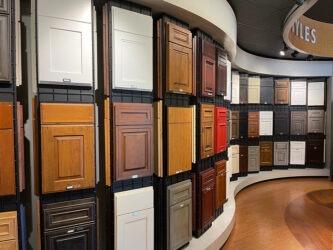
Top Cabinet Manufacturers in Georgia | Leading Kitchen Cabin...
The cabinet manufacturers in Georgia have become essential suppliers for builders, remodelers, and development companies...
01/02/2026 | David Nguyen
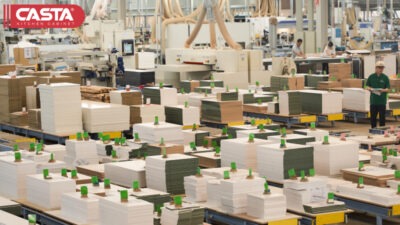
Largest Cabinet Manufacturers in USA | Industry Leaders &...
The largest cabinet manufacturers in USA shape how homes, apartments, and developments are furnished across the country....
12/31/2025 | David Nguyen

Best MDF Kitchen Cabinet Manufacturers | Compare Quality, Pr...
MDF kitchen cabinet manufacturers are transforming today’s construction and remodeling markets as MDF surpasses solid wo...
12/29/2025 | David Nguyen

Casta Kitchen Cabinet Retailer | Wholesale-to-Retail Cabinet...
The kitchen cabinet retailer model has rapidly evolved, shifting from small showroom sellers to wholesale-driven partner...
12/27/2025 | David Nguyen
Contact us
Casta is always ready to listen and answer all customers' questions
